Estimated reading time: 11 minutes
Struggling with a pup that just won’t budge on walks can be a real puzzler for dog owners. Kneeling and encouraging your dog might seem like a simple fix, but sometimes the stubbornness persists.
Our guide breaks down leash training into easy, manageable steps designed to get your furry friend moving happily at your side. Let’s unleash the potential of enjoyable walks together—read on to transform those stationary paws into eager strides!
Key Takeaways
- Start with short, positive training sessions inside the house using treats and praise to get your dog used to a collar and leash.
- Use high-value treats as rewards during walks to encourage your dog when they move forward without pulling.
- Address fear or anxiety by understanding signs of stress in your dog and gradually introducing them to new environments at their own pace.
- Tackle stubbornness by keeping leash tension low and mixing up directions during walks to keep your dog engaged.
- Be patient and consistent with commands and rewards, celebrating small progressions, which will help make walking an enjoyable experience for both you and your pet.
Understanding Why Your Puppy Refuses to Walk on Leash
After learning the basics of leash training, it’s crucial to figure out why your dog hesitates. Pain could be holding them back. Check for swelling or tenderness in their paws that might suggest an injury.
If they seem healthy but still resist, consider anxiety as a possible cause. Your furry friend may feel nervous about new sights and sounds outside.
Sometimes dogs don’t want to walk because they’re not familiar with a collar and leash. They need time to get used to the feeling. Start inside the house where it’s safe and quiet.
Use treats and praise to make this new experience fun for them. Remember, puppies especially may never have walked on a leash before—they’ll need patience and encouragement from you as they learn.
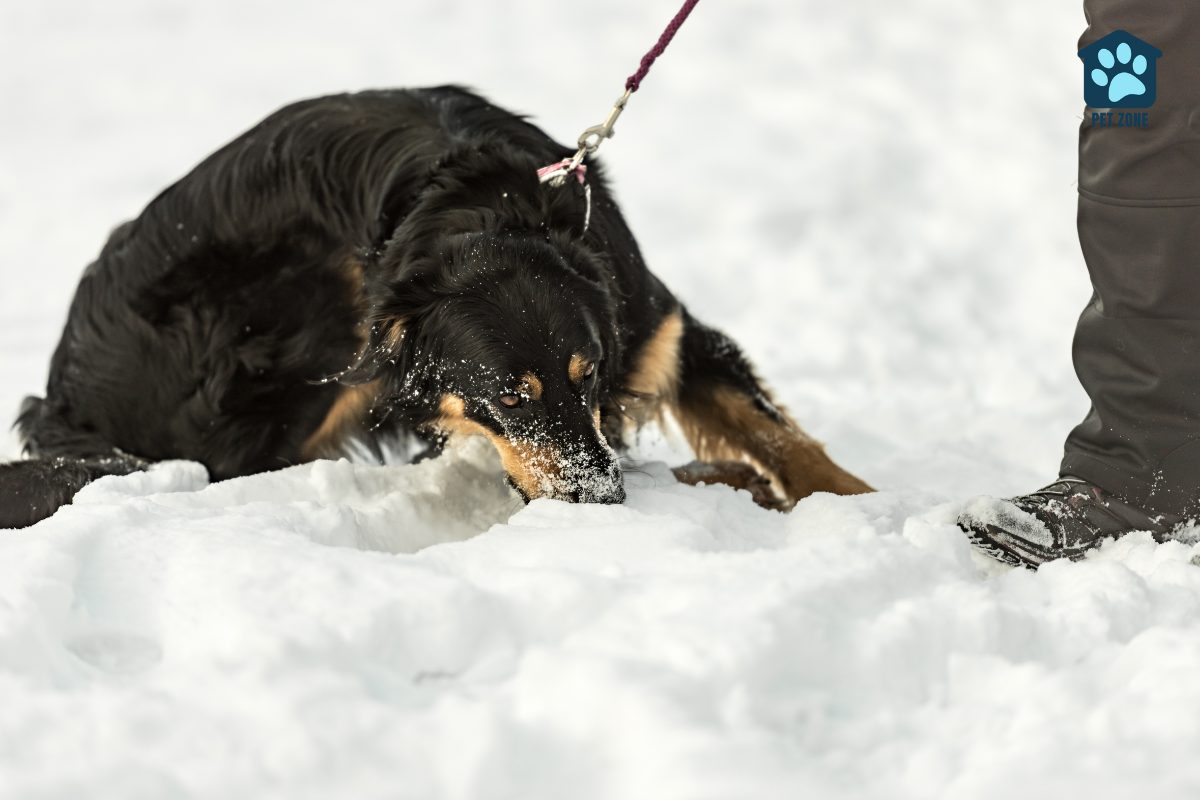
Basic Leash Training Techniques
Unlock the secrets to a stress-free stroll with Basic Leash Training Techniques. This cornerstone of dog training builds the foundation for your furry friend to confidently step beside you, turning a potential tug-of-war into an enjoyable journey together.
Familiarization with Collar and Leash
Getting your new puppy used to a collar and leash is key to successful dog training. It’s the first step in teaching them to walk on a leash without pulling.
- Let your dog sniff the collar and leash before you put them on. This helps them feel safe with their new gear.
- Place the collar on your pup for short periods at home. Gradually increase the time as they get more comfortable.
- Gently rub the leash through your fingers. Your scent on it can make your puppy less scared of this strange object.
- Clip on the leash while indoors. Let your puppy wander around with it dragging beside them under your watchful eye.
- Hold the end of the leash but don’t pull. Let your dog move freely so they learn the leash won’t hurt.
- Praise your puppy often when they wear their collar and walk on a leash. A happy voice can encourage good behavior.
- Reward your dog with a treat every time they come to you with the collar and leash on. Your dog will start thinking that wearing them means fun times ahead!
- Take short walks inside or in the backyard first. It’s a safe place where they can slowly get used to being leashed.
Encouragement and Reward System
Praise your dog and offer a treat when they take steps without pulling on the leash. This positive reinforcement tells them they’re doing great! Keep treats handy so you can quickly reward good walking behavior.
If the leash goes slack, that’s perfect—give them a favorite treat right away. Small successes add up, so always cheer for your pup’s achievements.
Use joyful words and give pats to show love when your dog walks nicely alongside you. Dogs understand our excitement and are more likely to repeat actions that make us happy.
Mix it up with different rewards too; sometimes use treats, other times just praise or playtime after a walk. Your dog will learn walking well means fun things happen!
Advanced Techniques for Leash Training
As we delve into the realm of advanced leash training, you’ll discover dynamic strategies that not only motivate your dog but also enhance their learning experience. These methods are crafted to tackle the finer nuances of walking etiquette, ensuring that both you and your furry companion can enjoy stress-free strolls in any environment.
Utilizing Distractions
Training your dog to walk on a leash can be tricky when there are distractions. Distractions help your pup learn to focus on you instead of what’s around them.
- Start by choosing a quiet place for leash training. This lets your puppy concentrate on your commands without too much going on.
- Gradually introduce new distractions. Maybe have someone walk by or play a recording of traffic noise.
- Always keep treats handy. Use them to get your dog’s attention back from distractions.
- Practice sits and stays with distractions nearby. Your puppy learns to listen even when they want to look around or sniff.
- If your puppy looks at you when distracted, give praise and a treat. This teaches them that focusing on you is good, even in busy places.
- Keep walks short but frequent. Short walks let you train without overwhelming your pup with too many new sights and sounds.
- Use toys as rewards too. Some dogs love playing more than eating treats!
- Let’s go slow when introducing new environments. A calm introduction means less stress for both of you.
- Practice behaviors like “look at me” or “heel” with distractions around after the basics are down.
- Don’t force your puppy into scary situations. Build trust by letting them explore at their own pace.
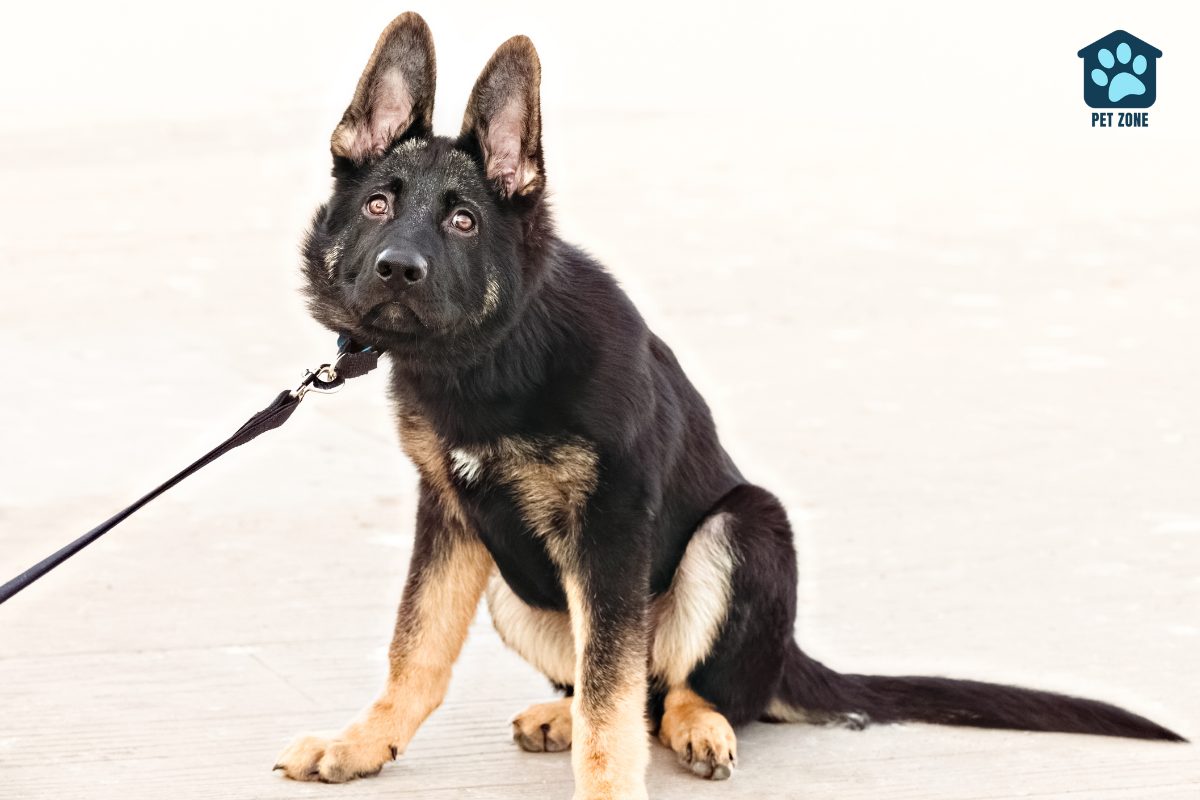
Engaging in Interactive Training Exercises
Interactive training exercises can transform your dog’s walk on a leash. They make it easier to handle your pup in public and cut down on distractions.
- Begin with short sessions in a familiar place, like your backyard or living room. This helps your dog feel safe while learning.
- Use treats to reward your puppy every time they follow a command. This encourages them to keep paying attention.
- Play “Follow the leader” by walking around and having your dog mimic your movements. It teaches them to stay close and attentive.
- Introduce obstacles such as cones or toys for your dog to navigate around while on the leash. This sharpens their focus and obedience.
- Practice changing directions suddenly. When you turn, offer praise if they adapt quickly without pulling.
- Have someone else walk nearby with another dog. This situation mimics real-world distractions, teaching your puppy to walk calmly beside you.
- Stop moving when your dog pulls, then continue once the leash is loose again. Your pup learns that pulling won’t get them anywhere faster.
- Set up playdates with other dogs who are good at walking on a leash. Your furry friend can learn by example.
- Assign specific verbal commands for different actions during walks, such as “stop”, “go”, or “turn”. Consistent use of these commands reinforces understanding and response.
- Always keep walks fun and full of positive energy so that your puppy wants to go on more adventures with you.
Addressing Specific Issues with Leash Training
While your furry friend may excel in other areas, leash training can present unique challenges—each with its solution. Whether it’s a shadow of fear or a wall of stubbornness that stands in the way, we’ll explore specific strategies to gently guide your dog past these hurdles and onto happy trails.
Dealing with Fear or Anxiety
Fear and anxiety can stop a dog from enjoying walks on a leash. Dogs feel safe at home and may not want to go outside where they’re scared.
- Get to know signs of fear in your dog, like tucking their tail or shaking. This helps you understand when they feel anxious.
- Offer treats and praise when your dog shows courage. This rewards them for facing their fears.
- Start with short walks near home. As your dog gets braver, gradually go further.
- Use a firm but gentle touch to guide your dog forward. Avoid pulling hard which can scare them more.
- Keep a calm and positive attitude during walks. Dogs can sense your mood and will feel safer if you are relaxed.
- Choose quiet times for walks to avoid overwhelming your dog with noise and crowds.
- Let your dog explore at their own pace. Sniffing around helps dogs to relax and enjoy the walk more.
- Bring along your pup’s favorite toy for comfort. Familiar smells can make new places less scary.
- Train regularly but keep sessions short so your dog doesn’t get too stressed.
- Speak in soft tones to soothe your dog if they seem nervous.
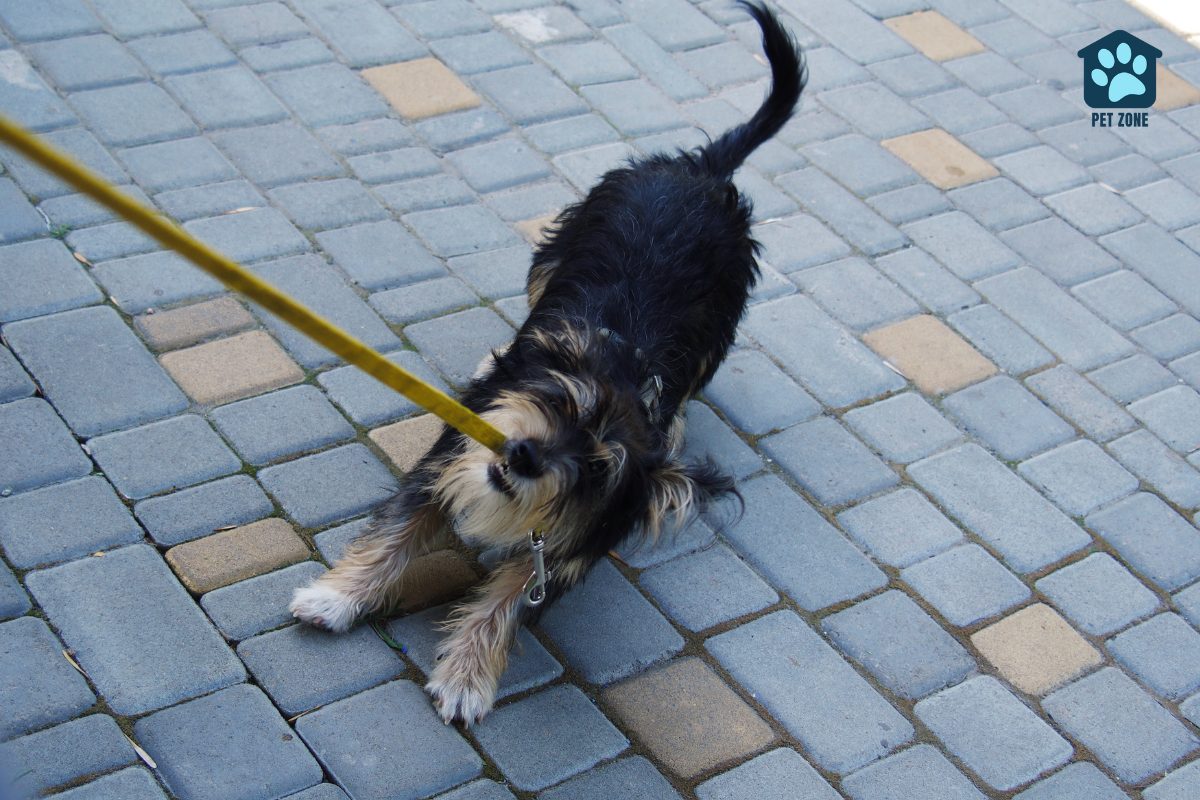
Overcoming Stubbornness or Resistance
Once your dog feels safe and less anxious, it’s time to tackle stubbornness or resistance during leash training. You may encounter a little defiance, but with the right approach, you can teach your puppy to walk on a leash smoothly.
- Start small and keep sessions short. Begin with just the collar or harness around the house.
- Use high-value treats like chicken or steak to lure your dog forward.
- Couple treats with lots of praise to encourage proper behavior when they move.
- Ensure the collar and leash are comfortable; discomfort can lead to resistance.
- Lead by example and start walking, using a happy voice to make following you fun.
- If your pup stops, use a treat to encourage forward movement without pulling on the leash.
- Keep a loose or low tension on the leash. This helps your dog feel less trapped.
- Be firm but gentle with commands. Harsh tones may scare your pup into resisting more.
- Mix things up by changing directions often during walks. This keeps your dog engaged and attentive.
- Stick to a routine; frequent walks help establish good habits.
- Stay patient and consistent. Some dogs take weeks to get used to going for walks.
Maintaining Patience and Consistency in Training
Training your dog to walk on a leash can be tough. Every pup is unique, and not all learn at the same pace. Keep calm and stay patient with your furry friend. They can sense if you’re upset or frustrated, which might make them stressed too.
Consistency builds habits in both humans and dogs. Always use the same commands and rewards when you train a puppy to walk on a leash. This helps your pup understand what you want from them during walks. Your dog will start to recognize patterns, making each training session more effective over time.
Stick to regular training times so your pooch knows when it’s time to practice walking nicely on a leash. Make sure everyone in the house follows these rules too! Your consistency tells your dog that walks are fun but also a time for good behavior.
Celebrate small wins along the way! Give lots of praise and treats when they do things right. This keeps their tail wagging and their spirits high while they learn this new skill.
Remember, patience isn’t just about waiting; it’s about keeping a positive attitude throughout the whole process of teaching your pup how to enjoy going for walks with you by their side.
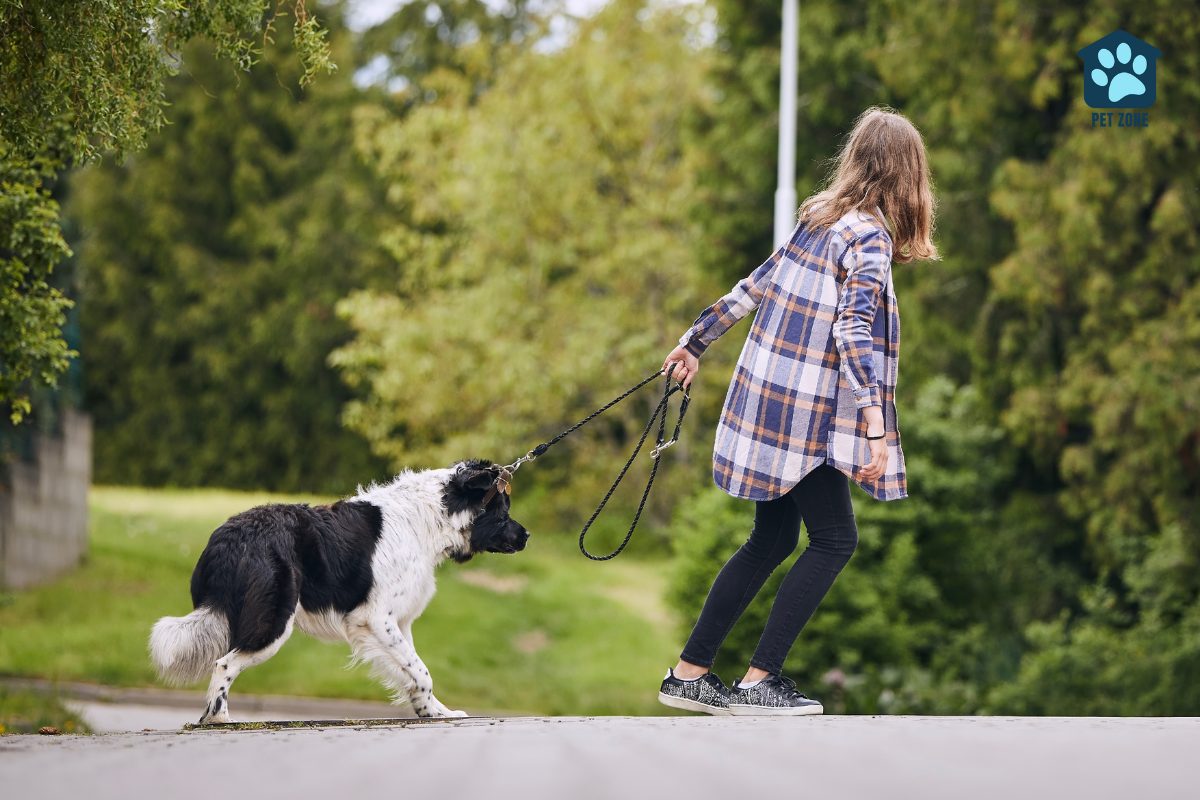
Conclusion
Leash training your dog takes time and love. Remember to keep each session fun for both of you. Use treats, praise, and lots of patience. Every step forward is a big win. Keep practicing, and soon walks will be the best part of your day!
Frequently Asked Questions
Start with patience and understand your dog’s body language. Use positive training techniques, like treats or praise, when your pup takes steps forward—reward even the smallest progress.
Absolutely! Gently encourage your puppy by making the experience fun. Try holding a treat in front of them or use toys to motivate movement during leash training sessions.
Your pup may feel scared or uncomfortable; make sure the collar isn’t too tight and doesn’t irritate their skin. If everything looks good but they still refuse, they might need more time to get used to their leash and collar.
No, don’t force your dog—they could become even more resistant or scared… Instead, coax them with treats and cheerful words; if you remain firm but kind, they’re more likely to cooperate.
Switch up the routine—maybe choose different paths that are exciting for them. Some dogs may be reactive; look out for things like noises or sights that scare them away from walking nicely.
If you suspect your pet’s refusal might indicate an injury or something feels off about their health, yes—head straight for professional advice! Always better safe than sorry when it comes to our furry friends’ wellness.
As an Amazon Associate I earn from qualifying purchases.
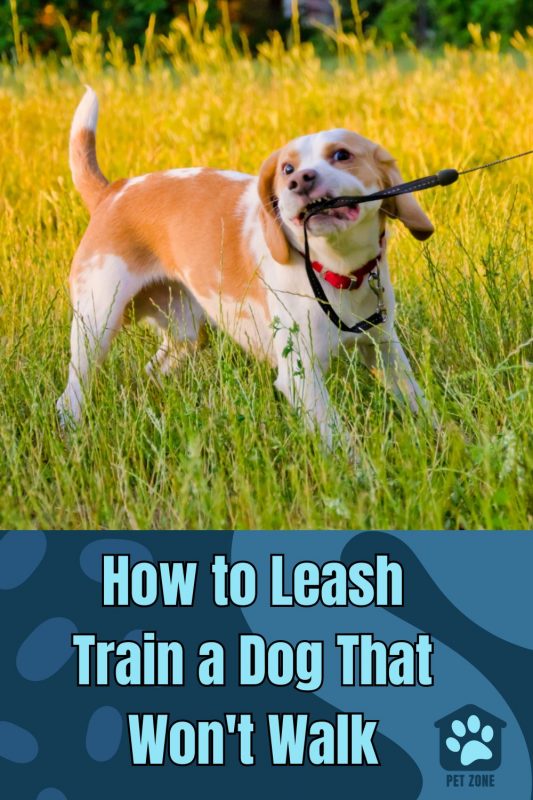


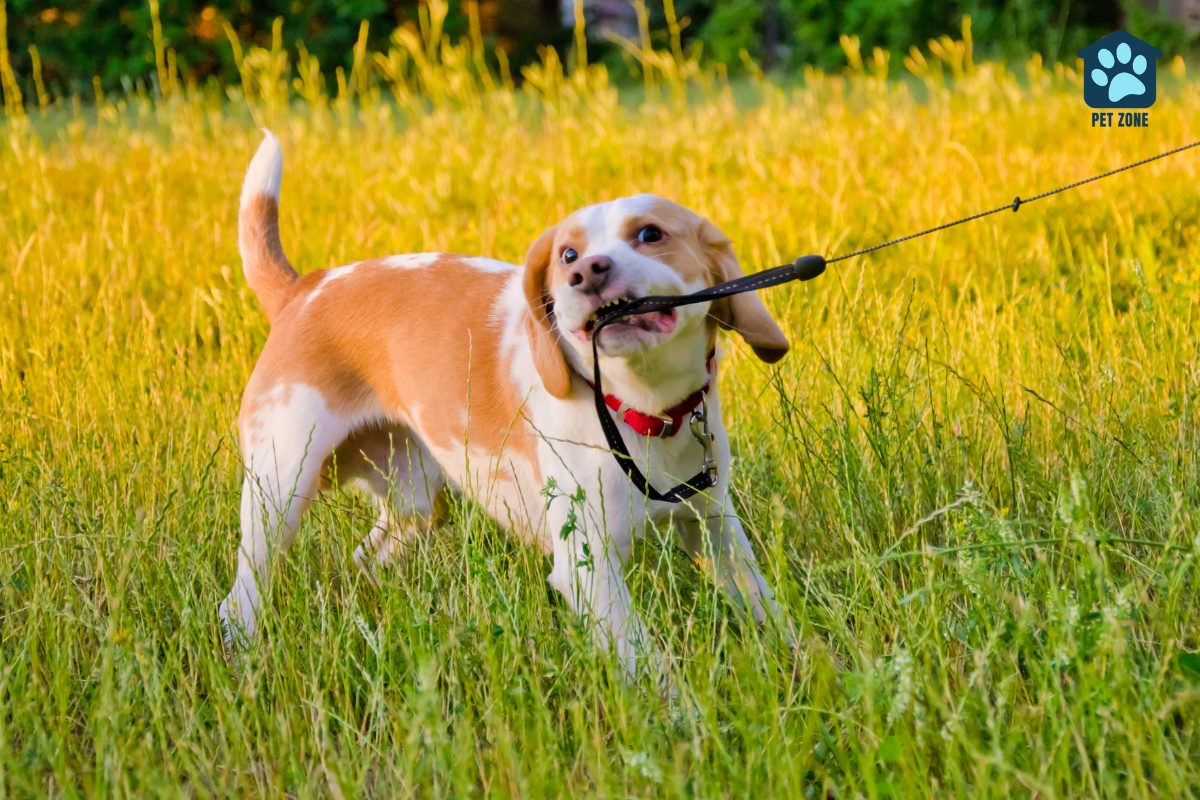
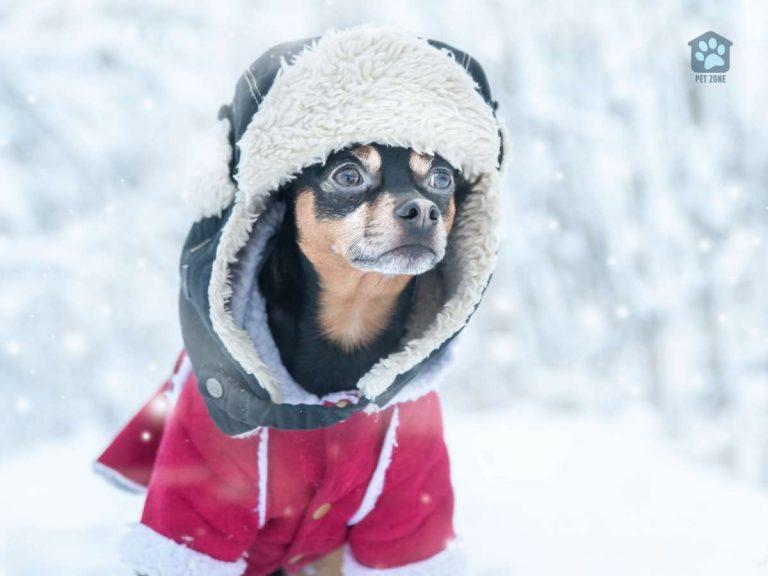
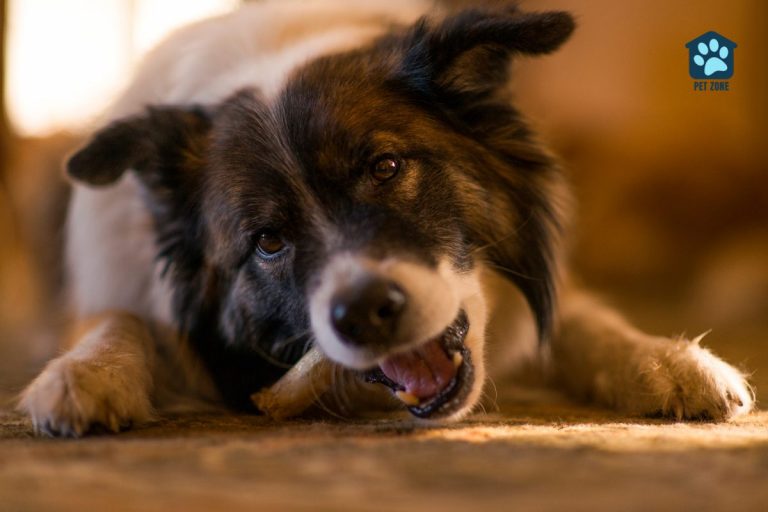
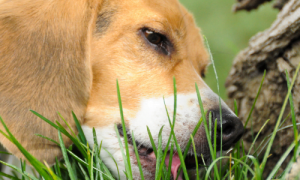



I have the opposite problem with my daughter’s large dog. She loves to walk, but is constantly pulling the leash to go faster which hurts my back after a bit. She cries so mournfully when I have to leave her at home. I’ll try leash training her inside the house & see if it helps.